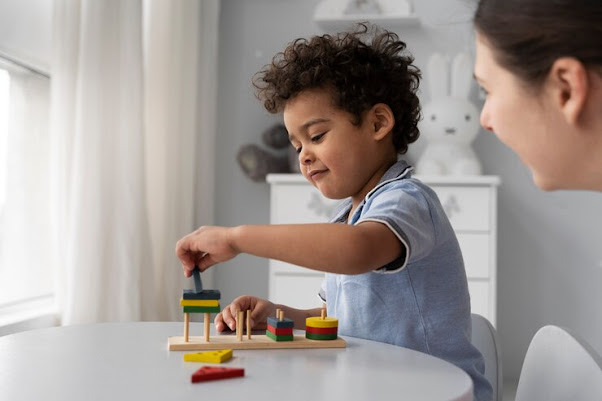Summer is a season filled with excitement, sunshine, and endless opportunities for growth and fun—especially for children. As the school year winds down, many parents begin to explore ways to keep their kids engaged, active, and learning throughout the summer break. If you’re in or around Abington, choosing a local children’s summer camp could be one of the best decisions you make this year.
Whether your child is a budding
artist, a sports enthusiast, or simply loves making new friends, Abington
offers a variety of summer camps designed to nurture young minds while creating
lasting memories. Still on the fence? Here are the top reasons why a children’s
summer camp in Abington should be at the top of your list this year.
1. A Safe and Supportive
Environment Close to Home
There’s comfort in knowing your
child is spending their summer days in a safe, familiar setting. Abington’s
summer camps are built with a strong focus on security, supervision, and
child-friendly spaces. Trained counselors and staff work closely with each
camper, ensuring every child feels seen, supported, and included.
Plus, staying local eliminates
long commutes and stressful travel plans, making it easy for parents to manage
drop-off and pick-up routines without disrupting daily life.
2. Enriching Activities That
Go Beyond Screen Time
In a world where screens are
everywhere, summer camp offers a much-needed break from digital devices. Camps
in Abington create a screen-free zone filled with creative, educational, and
physical activities. Think arts and crafts, nature walks, science experiments,
music sessions, storytelling circles, and more.
These hands-on experiences
stimulate imagination, improve cognitive skills, and support emotional
development in ways a screen never could.
3. Social Skills That Last a
Lifetime
One of the biggest benefits of
attending summer camp is the social growth it encourages. Children learn how to
collaborate, share, communicate, and navigate group dynamics with others from
different backgrounds. The friends they make and the social lessons they learn
at camp often stick with them far beyond summer.
Abington’s camps provide
inclusive, age-appropriate group settings where kids can thrive socially in a
low-pressure, fun environment.
4. Physical Activity Promotes
Healthy Habits
From outdoor games and obstacle
courses to dance parties and swimming, summer camps are packed with
opportunities for kids to stay active. This not only supports physical health
but also boosts mood, energy levels, and self-esteem.
Abington’s summer camps
prioritize outdoor play and movement, helping children build lifelong healthy
habits while having a blast.
5. Discovering New Interests
and Talents
Summer camps expose children to a
wide variety of hobbies and interests they may not encounter during the school
year. Whether it's gardening, painting, coding, or drama, your child might
discover a hidden talent or a new passion.
Many camps in Abington offer
themed weeks or specialized programs so kids can explore different areas and
find what excites them the most.
6. A Confidence Boost Like No
Other
Trying new activities, stepping
outside of their comfort zones, and receiving praise from camp leaders can
significantly boost a child’s confidence. Campers are encouraged to be
themselves, take on leadership roles, and express their creativity—all of which
help build a strong sense of self.
In the nurturing environment of a
local camp, kids often surprise themselves (and their parents!) with what they
can accomplish.
7. Flexible Options for Every
Family
Another great reason to consider
summer camp in Abington is the variety of flexible options available. Whether
you need a full-day program while you're at work or just a few half-days a week
to keep your little one active, there’s a solution to fit your schedule and
budget.
Many local camps also offer early
registration discounts, sibling deals, and customizable schedules to make the
experience as convenient and affordable as possible.
8. Make This Summer One to
Remember
Ultimately, summer is a time for
kids to laugh, play, explore, and grow. By choosing a summer camp in Abington,
you're giving your child the gift of new experiences, new friendships, and new
memories that will last a lifetime.
Whether they come home with a
handmade craft, a silly campfire story, or simply a smile from ear to ear, one
thing is certain: this summer will be one to remember.
Final Thoughts
Choosing a children’s summer camp
in Abington is more than just a way to fill the calendar—it's a decision that
supports your child's overall development, happiness, and well-being. With a
wide range of programs, passionate staff, and enriching activities, it’s easy
to see why so many families return to Abington’s camps year after year.
For More Click Here: – https://www.reddit.com/user/kidsworldusa/






